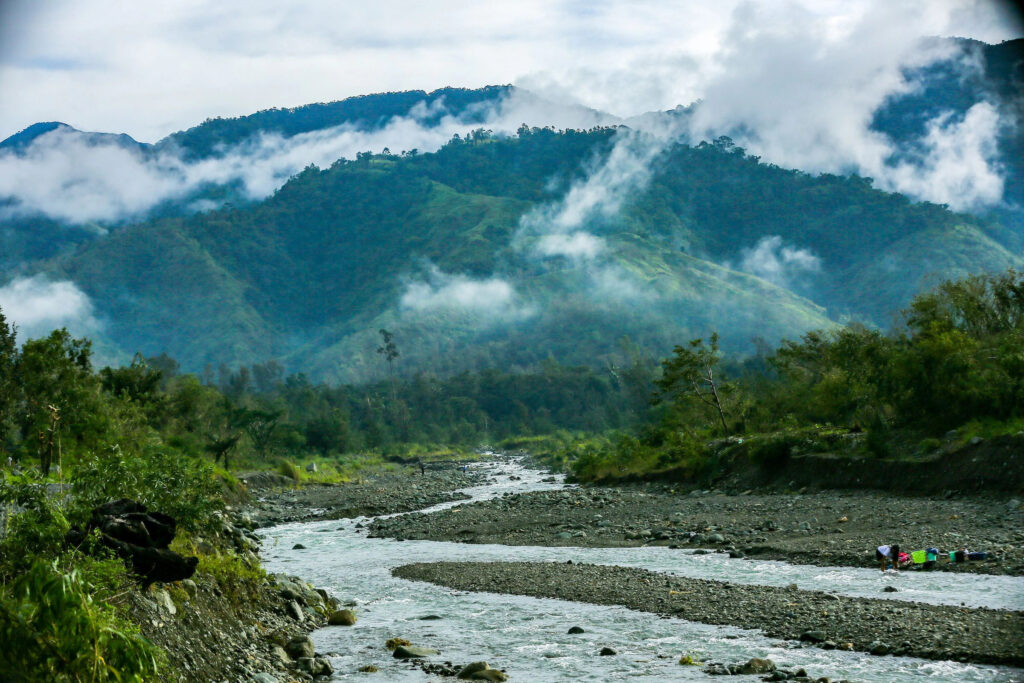
Many social media posts commended Luzon’s mountain ranges for “protecting” the island as super typhoon Uwan made landfall on Monday as a diminished storm.
These alleged “guardians of Luzon” included the Cordillera in north central Luzon, the Caraballo mountains tucked between the two ranges, the Zambales mountains to the west, and the Sierra Madre, the nation’s largest mountain range, which stretches from Cagayan to Quezon in eastern Luzon.
But do they really act as typhoon barriers? According to science, the response is partially correct.
As the storm reached landfall on Sunday night, satellite photos of Uwan did clearly show the storm’s eye closing. However, coastal regions like Aurora and Isabela continued to sustain significant damage on the ground.
Josh Morgerman, a storm chaser who traveled to Aurora to record the typhoon, criticized what he considered false information about the Sierra Madre’s impacts on social media.
Weather forecasts typically indicate that storms will weaken after they reach land, as was the case with Typhoon Pepito in northern Luzon in 2024.
A more nuanced response to the public’s assessment of the impact of Luzon’s mountains may be found in a 2023 study conducted by meteorologists Drs. Gerry Bagtasa and Bernard Alan Racoma.
Whether or not the Sierra Madre and Cordillera were on Luzon, the researchers recreated the effects of storms.
It showed that the storms’ initial six hours over land and upon impact were not considerably lessened by the mountain ranges.
The study recognized long-standing Filipino folklore ideas on the mountains’ locations, which contributed to this perception.
However, they stated that the more important discussion should focus on how we safeguard these natural riches and their distinctive flora and fauna from man-made threats like careless mining and logging, rather than how mountains like the Sierra Madre and Cordillera protect us.
This coincides with a decline in the quantity of storms that reach the Philippines, according to scientists. However, as a result of climate change, the storms that do occur are growing larger and more powerful, creating more super typhoons like Uwan.
Long-term planning is necessary to lessen these effects on Filipinos because the cost of lives and livelihood is also growing worse.






